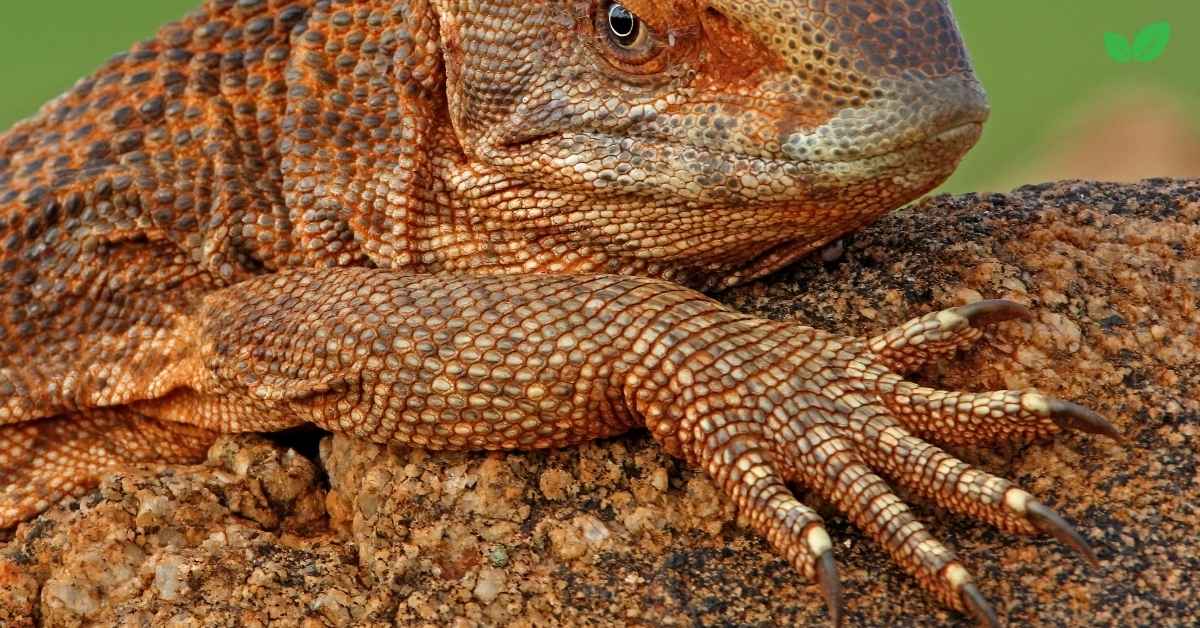The savannah monitor (Varanus exanthematicus) is a robust and adaptable lizard native to the savannas and grasslands of sub-Saharan Africa. Known for its muscular build, sharp claws, and keen intelligence, this monitor lizard is a fascinating reptile that occupies a critical niche in its environment. Savannah monitors are both predators and scavengers, playing an essential role in regulating prey populations and maintaining the ecological balance of their habitats.
In this article, we will explore the environmental niche of Varanus exanthematicus, focusing on its habitat, physical adaptations, behavior, diet, ecological significance, threats, and conservation. Understanding the role of this species in its ecosystem highlights the importance of protecting reptiles and the ecosystems they inhabit.
1. Introduction to Varanus exanthematicus
1.1 Overview of the Species
The Varanus exanthematicus is a member of the genus Varanus, which includes more than 70 species of monitor lizards found worldwide. This species is relatively large, with adults reaching lengths of 2.5 to 4 feet (76 to 122 cm) and weighing between 8 and 15 pounds (3.5 to 6.8 kg). Its skin is typically gray or brown, marked with lighter spots or patterns that provide camouflage in its natural habitat.
The savannah monitor is highly regarded for its intelligence, often demonstrating problem-solving abilities and complex behaviors. This has made it a popular species among reptile enthusiasts, though keeping it as a pet comes with significant responsibility.
2. Habitat and Distribution
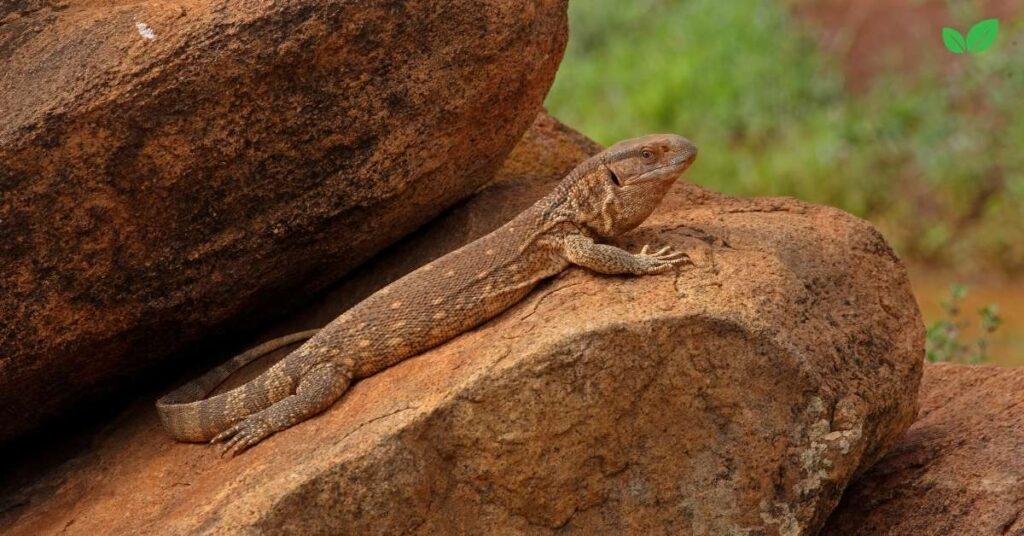
2.1 Geographic Range
The natural range of the Varanus exanthematicus spans much of sub-Saharan Africa, including countries such as:
- Senegal
- Ghana
- Nigeria
- Chad
- Sudan
- Kenya
2.2 Preferred Habitat
The Varanus exanthematicus primarily inhabits open landscapes, such as:
- Savannas: Grasslands with scattered trees and shrubs provide ample foraging opportunities and shelter.
- Semi-Arid Areas: These regions offer a mix of dry soil for burrowing and vegetation for shade.
- Woodland Edges: Monitors often venture into areas with sparse trees, where they find a variety of prey.
Savannah monitors are terrestrial but are capable climbers and swimmers, which adds to their adaptability across different habitats.
3. Physical Characteristics and Adaptations
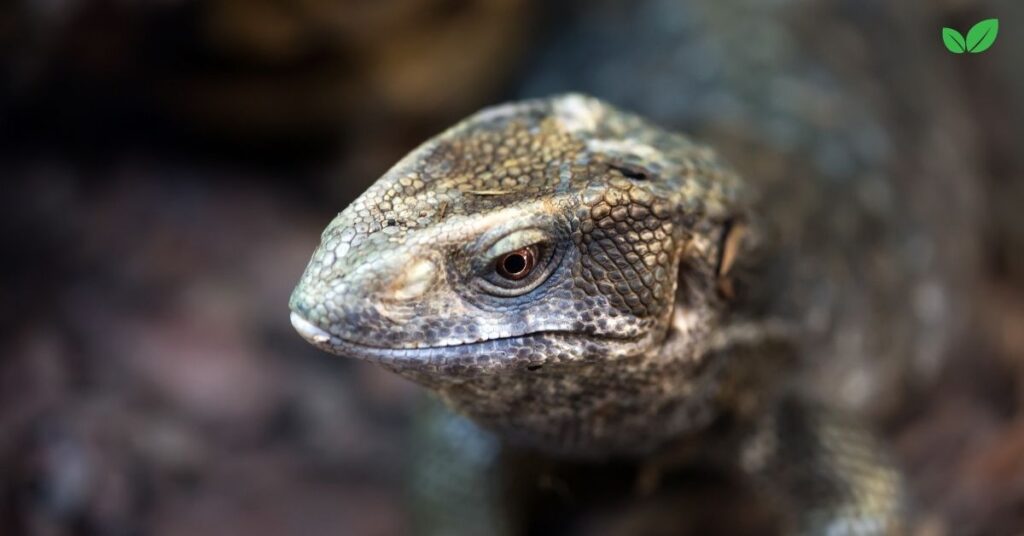
3.1 Robust Build
Varanus exanthematicus have a stocky, muscular body designed for digging, foraging, and overpowering prey. Their powerful limbs and sharp claws are highly effective for excavation and defense.
3.2 Camouflaged Skin
Their gray or brown coloration, marked with patterns, provides excellent camouflage in the grassy or sandy environments they inhabit, helping them evade predators and ambush prey.
3.3 Forked Tongue and Jacobson’s Organ
Like other monitor lizards, the savannah monitor uses its forked tongue to detect chemical signals in the environment. The tongue delivers scent particles to the Jacobson’s organ, a specialized sensory structure in the roof of the mouth, allowing the lizard to locate prey and navigate its surroundings.
3.4 Strong Jaw and Teeth
The savannah monitor’s jaw is equipped with sharp teeth and strong muscles, enabling it to crush the shells of insects and small vertebrates. This adaptation broadens its diet and enhances its foraging success.
4. Behavior and Life Cycle
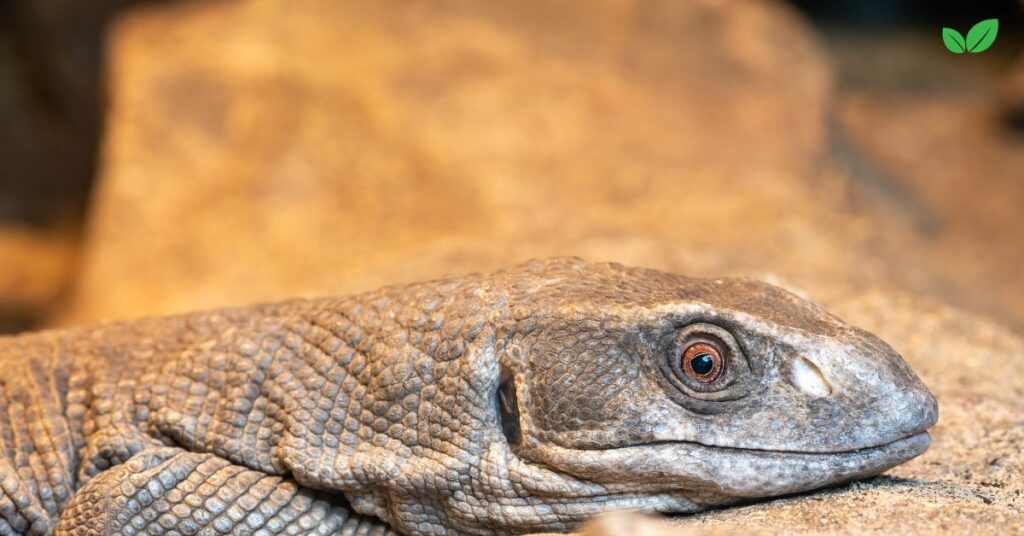
4.1 Daily Activity Patterns
Varanus exanthematicus are diurnal, meaning they are active during the day. They spend much of their time foraging for food, basking in the sun to regulate their body temperature, and resting in burrows or shaded areas during the hottest parts of the day.
4.2 Territoriality and Social Behavior
Although generally solitary, Varanus exanthematicus establish territories that they defend from rivals. Males are particularly territorial during the breeding season, engaging in displays of dominance and combat to secure mates.
4.3 Breeding and Reproduction
The breeding season typically coincides with the rainy season, when food resources are abundant. Key reproductive behaviors include:
- Courtship Displays: Males attract females through head bobbing and other displays.
- Egg-Laying: Females dig burrows to lay clutches of 15–50 eggs, which hatch after an incubation period of 4–6 months.
- Juvenile Development: Hatchlings are independent from birth, relying on their instincts to find food and avoid predators.
5. Diet and Foraging Strategies
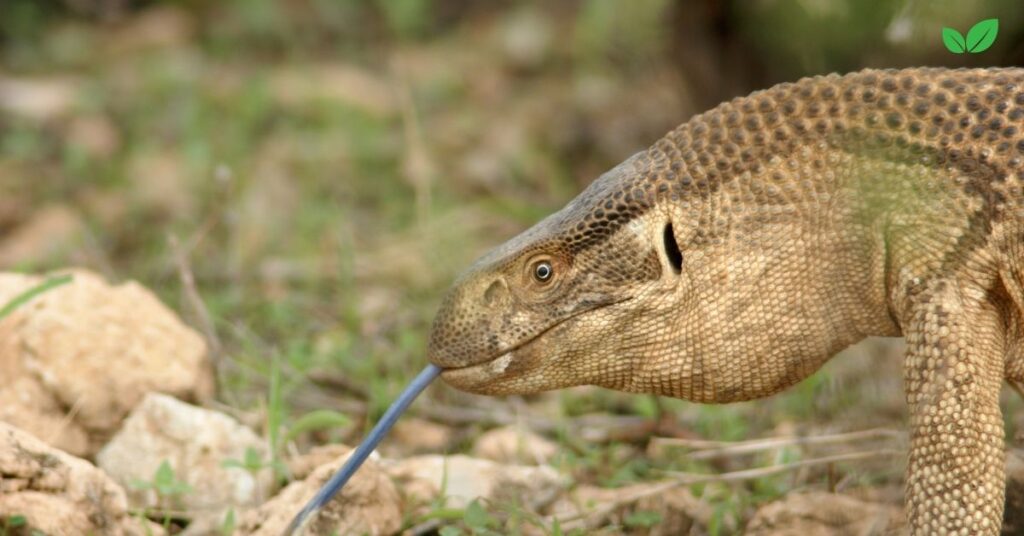
5.1 Opportunistic Carnivores
Savannah monitors are opportunistic carnivores with a diet that includes:
- Insects: Beetles, grasshoppers, and other invertebrates form the bulk of their diet.
- Small Vertebrates: Monitors prey on rodents, birds, amphibians, and smaller reptiles.
- Eggs and Carrion: They often consume bird eggs and scavenge carcasses, taking advantage of readily available resources.
5.2 Foraging Behavior
Savannah monitors employ a combination of active hunting and ambush tactics. Their keen sense of smell helps them locate prey, while their powerful jaws and quick reflexes allow them to capture and subdue it effectively.
6. Ecological Role and Importance
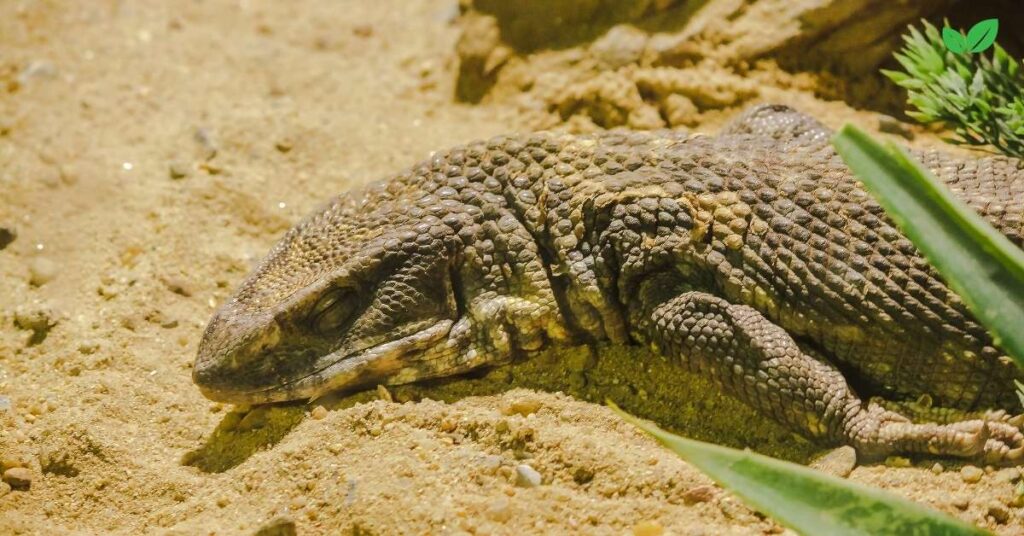
6.1 Predator and Scavenger
The Varanus exanthematicus plays a dual role in its ecosystem as both a predator and scavenger. By controlling populations of insects and small vertebrates, it helps maintain ecological balance. Its scavenging behavior contributes to nutrient cycling and the decomposition process.
6.2 Indicator of Ecosystem Health
As a mid-level predator, the savannah monitor serves as an indicator species. Healthy monitor populations often signify robust ecosystems with adequate prey availability and minimal human disturbance.
7. Threats to Varanus exanthematicus
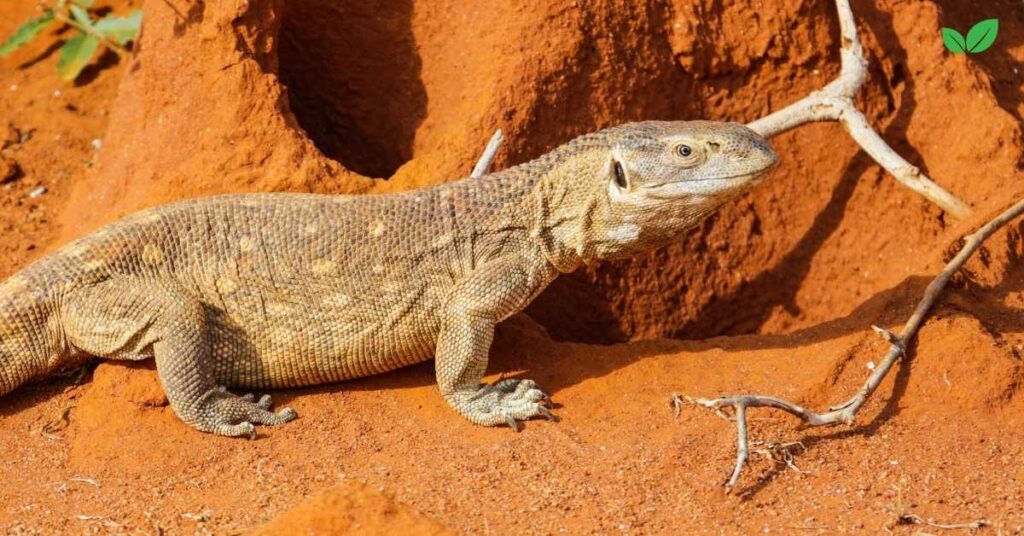
7.1 Habitat Loss
Agricultural expansion, deforestation, and urbanization are significant threats to the savannah monitor. The loss of natural habitats reduces their foraging grounds and nesting sites.
7.2 Overharvesting
Savannah monitors are captured in large numbers for the pet trade and for their skin, which is used in leather products. Overharvesting has led to population declines in some regions.
7.3 Climate Change
Rising temperatures and altered rainfall patterns impact the availability of food and water, disrupting the lizard’s life cycle and habitat preferences.
7.4 Human-Wildlife Conflict
Monitors are sometimes killed by farmers who view them as threats to poultry or crops, although their impact on agriculture is minimal.
8. Conservation Efforts
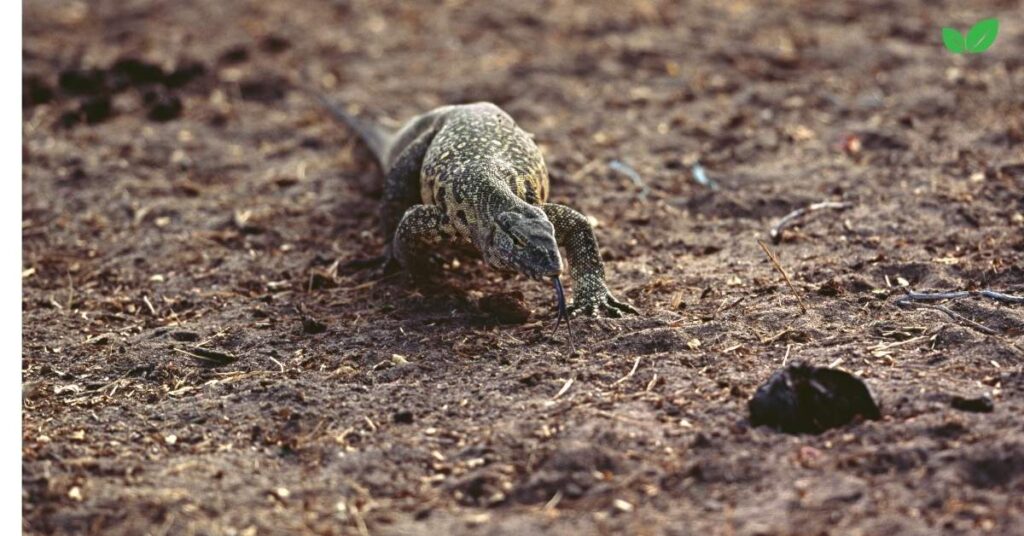
8.1 Protected Areas
Many Varanus exanthematicus live in protected areas such as national parks and wildlife reserves, which safeguard their habitats from development and overexploitation.
8.2 Sustainable Trade Practices
Efforts to regulate the pet trade through permits and captive breeding programs aim to reduce the pressure on wild populations.
8.3 Habitat Restoration
Reforestation and sustainable land management practices help restore the natural habitats of savannah monitors, ensuring they have access to food and shelter.
8.4 Public Awareness and Education
Educating local communities about the ecological benefits of Varanus exanthematicus can reduce conflicts and promote coexistence. Awareness campaigns also discourage illegal hunting and trade.
9. The Role of Varanus exanthematicus in Research
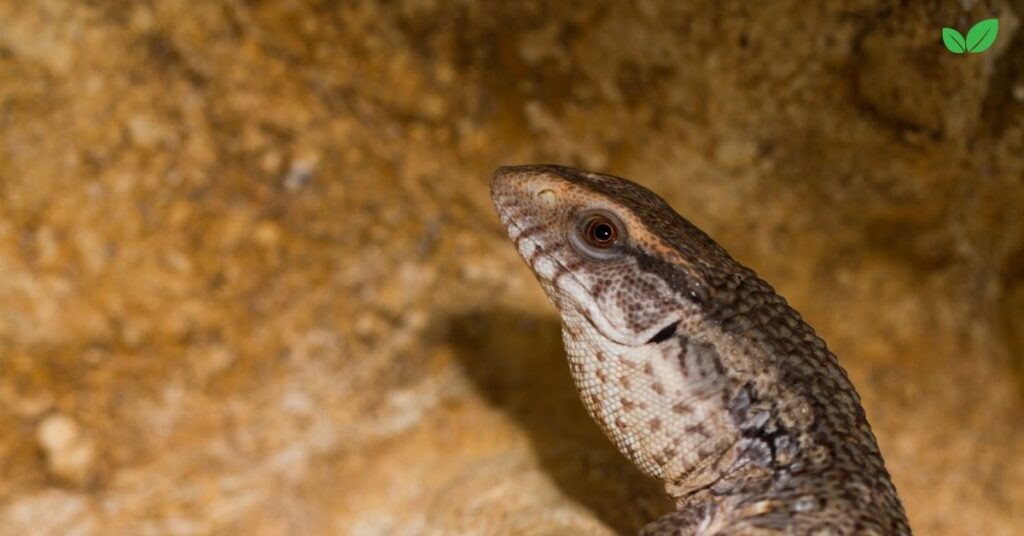
9.1 Behavioral Studies
Savannah monitors are frequently studied for their intelligence and complex behaviors. Their problem-solving abilities and learning capacity provide insights into reptilian cognition.
9.2 Physiology and Adaptation
Research on the savannah monitor’s metabolic rate, thermoregulation, and dietary efficiency contributes to a broader understanding of reptilian ecology and evolution.
10. The Future of Varanus exanthematicus
The survival of the Varanus exanthematicus depends on sustained conservation efforts and the protection of its natural habitats. Key priorities include:
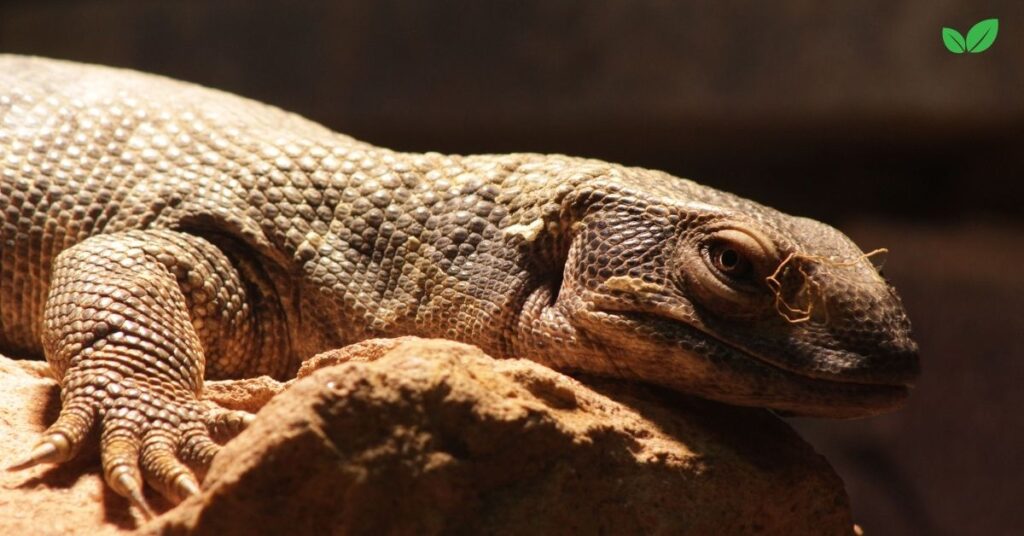
- Strengthening Wildlife Laws: Enforcing regulations on hunting and trade to prevent overharvesting.
- Community Engagement: Involving local communities in conservation programs to foster stewardship.
- Climate Resilience: Protecting and restoring ecosystems to mitigate the impacts of climate change on the species.
11. Conclusion: Protecting the Savannah Monitor’s Ecological Legacy
Varanus exanthematicus is more than just a fascinating reptile; it is a vital component of the ecosystems it inhabits. By controlling prey populations, recycling nutrients, and serving as an indicator of environmental health, the savannah monitor contributes to the stability and diversity of African savannas and grasslands. Protecting this species requires a comprehensive approach that addresses habitat conservation, sustainable trade, and community involvement. In doing so, we ensure the continued presence of the savannah monitor in the wild and the health of the ecosystems it supports.
Read More: Leopard Gecko: Exploring Its Environmental Niche and Ecological Importance

